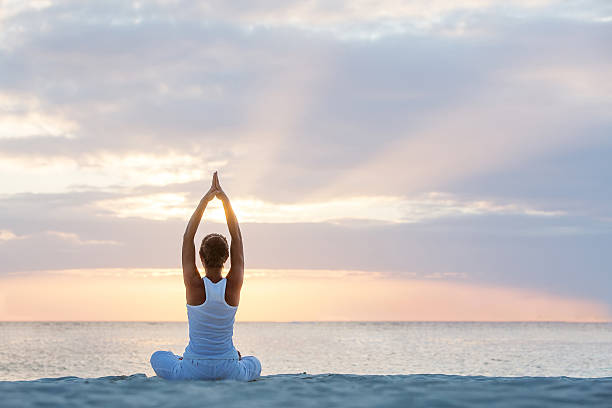Hot Yoga
Find your peace of mind
What is Hot Yoga?

Hot yoga is a form of yoga as exercise performed under hot and humid conditions, resulting in considerable sweating. Some hot yoga practices seek to replicate the heat and humidity of India, where yoga originated. Bikram Choudhury has suggested that the heated environment of Bikram Yoga helps to prepare the body for movement and to "remove impurities".
You may hear hot yoga and Bikram yoga used interchangeably, but this isn't entirely accurate. Bikram is a type of yoga that consists of 26 poses that are repeated throughout a class, which is usually 90 minutes or less. The room is heated to 40 degrees Celsius, and typically, classes are quieter, without music or chanting. Hot yoga is more of a general term that means the room is heated to anywhere from 26–38 degrees Celsius. It can also include different poses, depending on the studio and instructor. And unlike Bikram, hot yoga often includes music.
What can it do for you?
- Increased Flexibility
Stretching when your muscles are warm—as you do in hot yoga—improves flexibility in your muscles and increases range of motion in your joints. A March 2013 study in the Journal of Strength and Conditioning Research found that after 8 weeks, Bikram yoga participants had better flexibility in their shoulders, lower back and hamstrings compared to the control group. Flexibility makes certain yoga poses easier to get into, especially ones that require deep stretching. Yoga also strengthens your muscles: That same study found participants also increased the amount they could deadlift.
- Boosts Heart Health
Working out in a hot room is no doubt a physical challenge. Your heart, lungs and muscles work harder, thus giving your respiration, heart rate and metabolism a boost. One April 2019 study in the Journal of Alternative and Complementary Medicine found that one session of hot yoga gets your heart pumping at a similar rate as a brisk walk (3.5mph).
- Helps Manage Stress
Yoga encourages you to turn inwards and create awareness of the outside factors that cause you stress. When you practise regularly, you'll start to understand how the breathing techniques, stillness and heat of the room help your body and mind relax. In an April 2017 study in the Journal of Mental Health, a 16-week programme of hot yoga with physically sedentary adults improved mood and decreased stress levels after a single 90-minute session.
- Improves Skin Health
Increased sweat improves circulation and increases oxygen-rich blood to your skin cells, providing you with a post-yoga glow. Sweating from exercise can actually reverse signs of ageing from a cellular level. The positive impact means your skin can produce more collagen, better hydration and less sagging.
- Greater Lung Capacity
Because yoga concentrates on breathing techniques and staying mindful of your breaths, you train your lungs to retain more air. Taking regular, deep breaths allows more oxygen to enter your bloodstream, keeps your lungs healthy and increases your lung capacity, which tends to decrease with age. Pranayama, a specific type of yoga breathing exercise, focuses on controlling your breath for a certain length of time. It involves abdominal, thoracic and clavicular breathing that trains you to increase oxygen intake.
-

Find a Hot Yoga class near you...
Hotpod Yoga launched their hot yoga classes in 2013 and have studios all over the UK. Their wide range of classes and excellent facilities are ideal to get you started.

